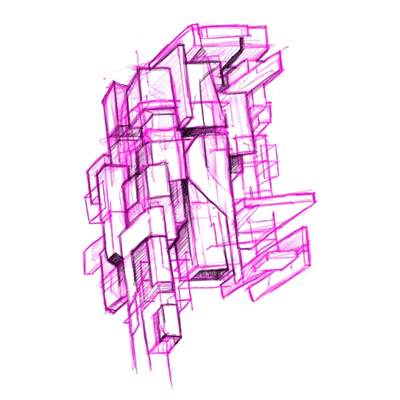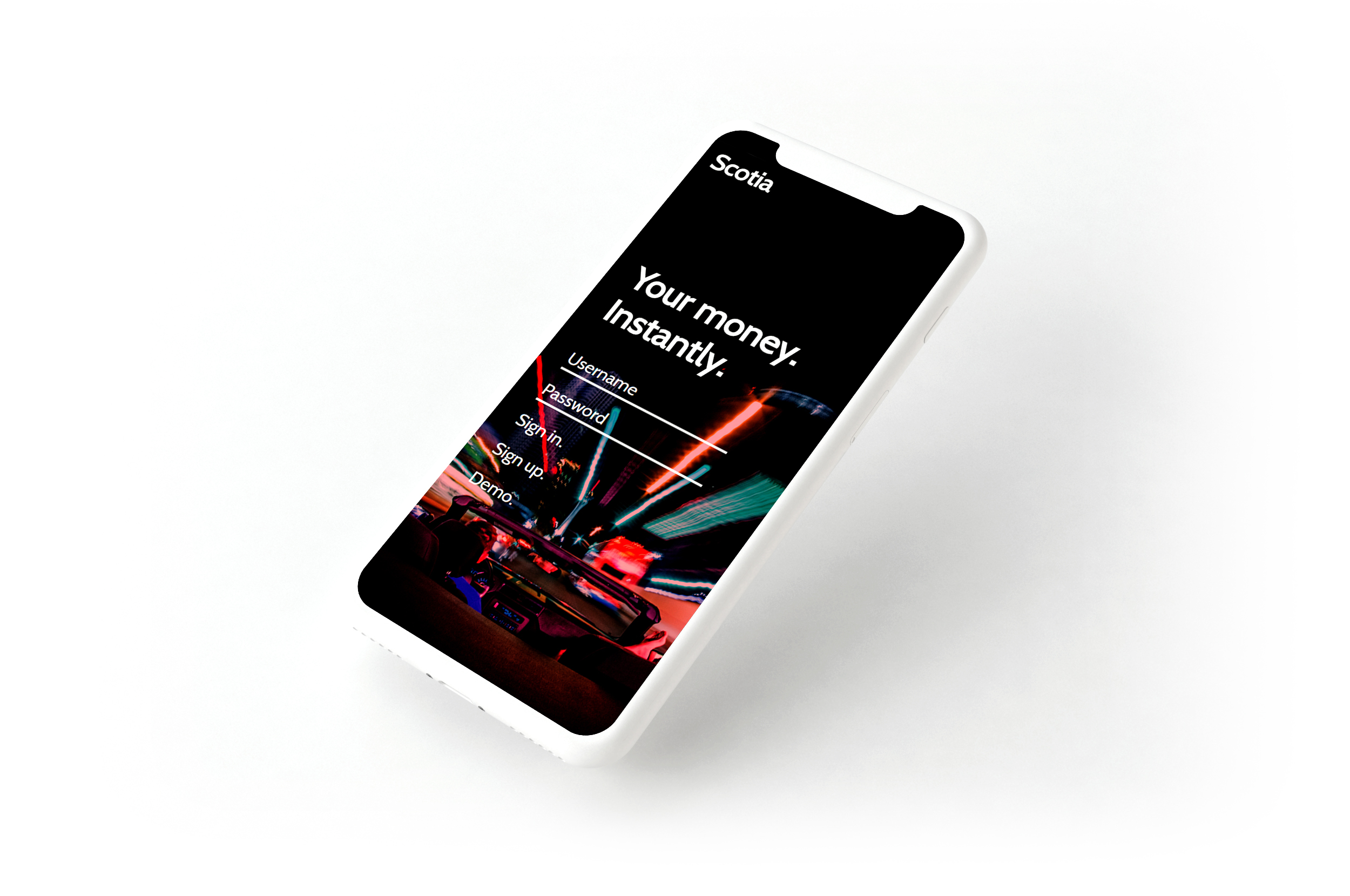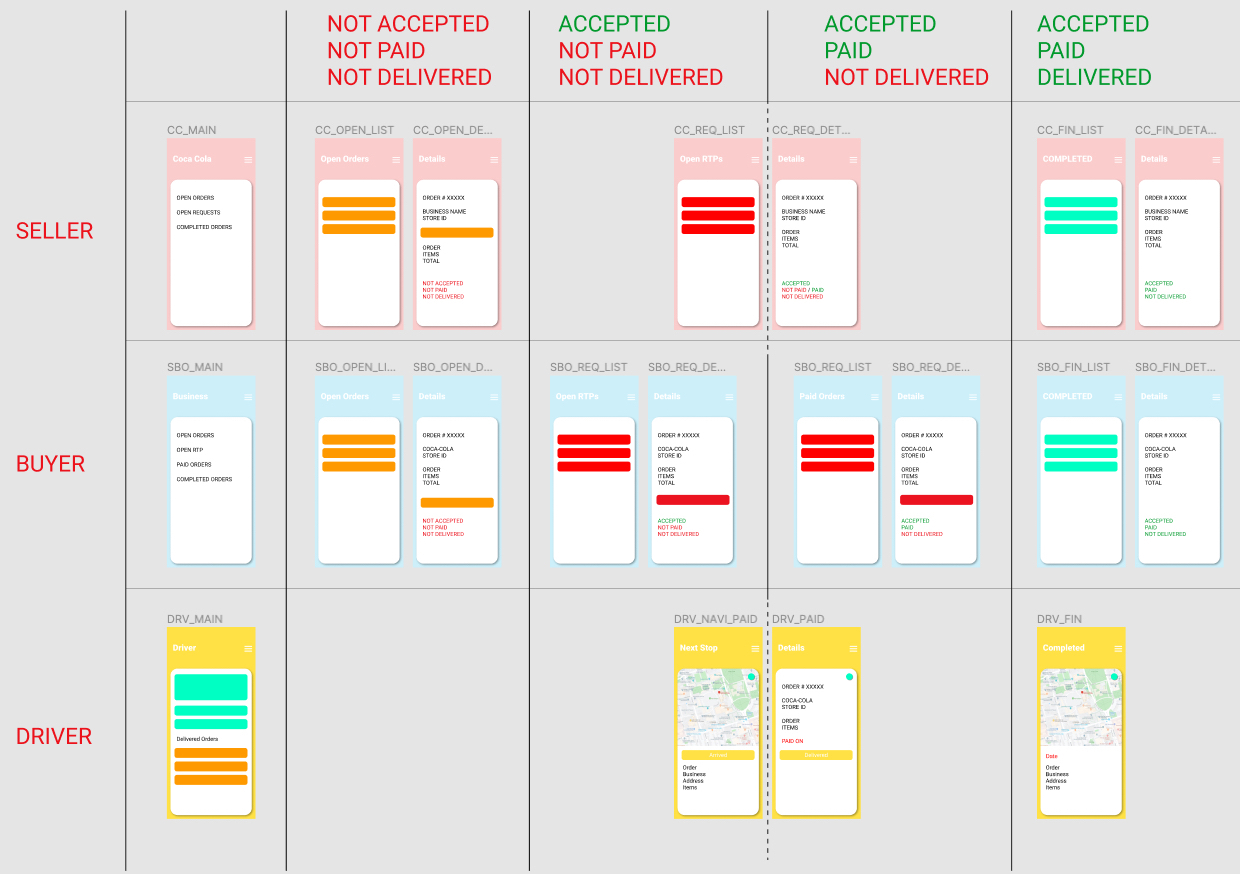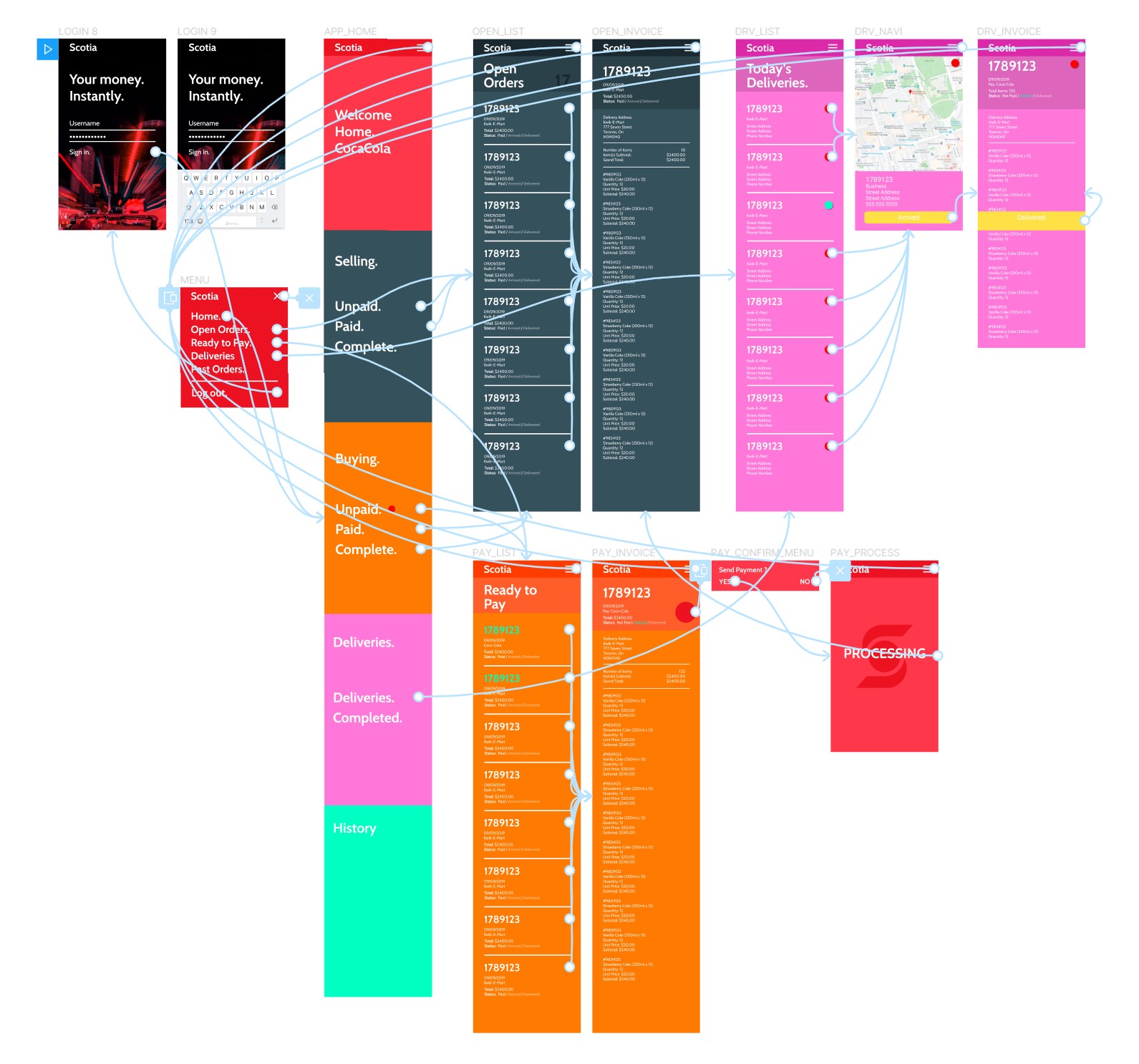Scotiabank MVP
This project was a part of a special section of the CSC209 System Design course as part of the Technology Leadership Initiative (TLI) cohort at the University of Toronto. Working in conjunction with coaches and industry professionals from Scotiabank, we were tasked to develop an MVP that challenged the traditional Buyer-Seller-Delivery relationship by the inclusion of a Request-To-Pay API – an instant payment system.
Task
Develop an MVP that challenged the traditional Buyer-Seller-Delivery relationship by the inclusion of a Request-To-Pay API – an instant payment system.













